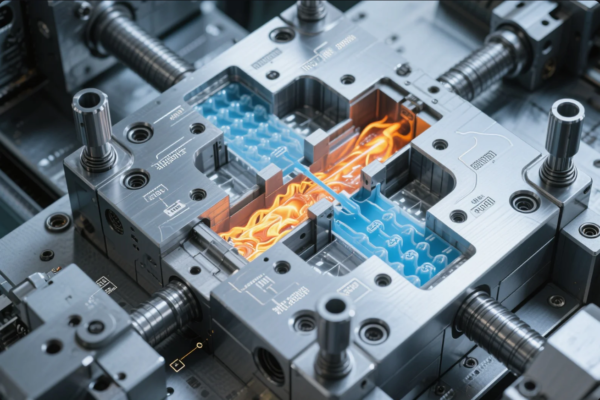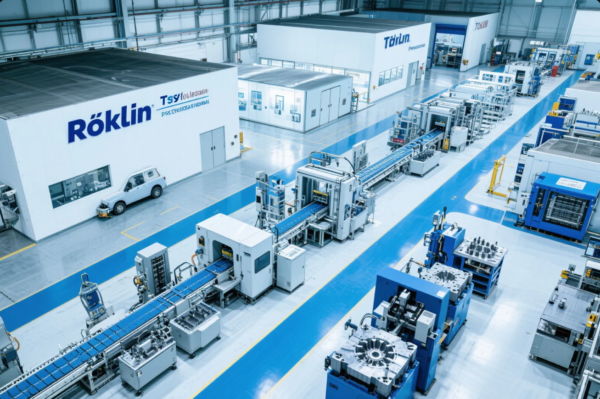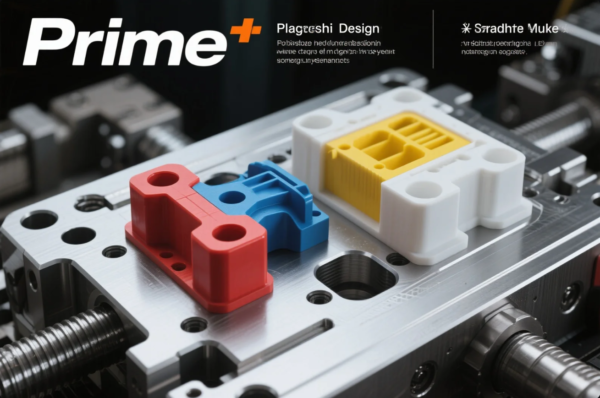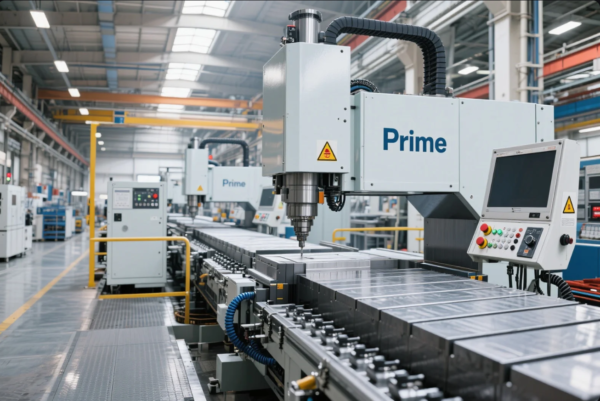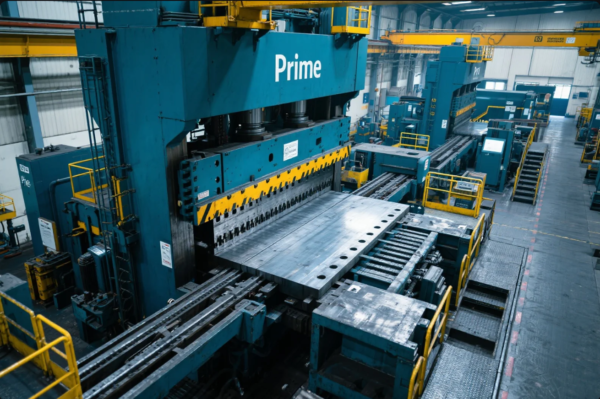What is the biggest disadvantage of using CNC?
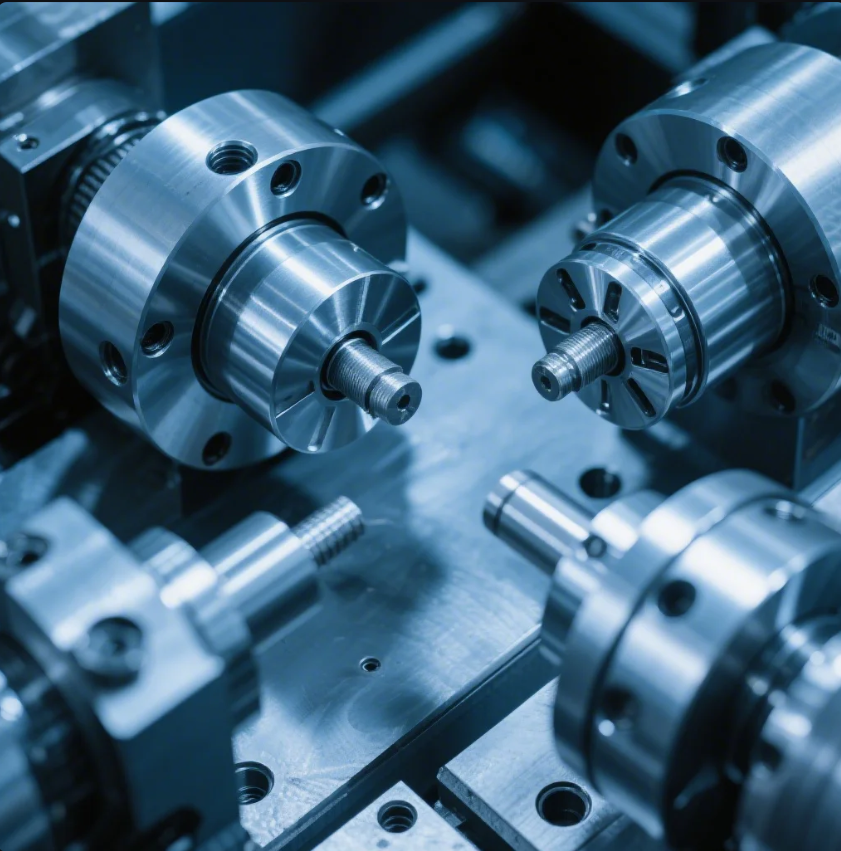
While CNC machines offer high precision and automation, they come with their own set of challenges. Understanding the biggest disadvantages of using CNC machines can help businesses make informed decisions about when and how to implement them effectively.
Snippet paragraph: The biggest disadvantage of CNC machines is the high initial investment and ongoing maintenance costs.
Transition paragraph: Let’s explore the key disadvantages of CNC machines and how they can impact your operations.
What is the biggest disadvantage of using CNC machines?
The biggest disadvantage of using CNC machines is often the high initial investment cost. CNC machines require significant capital expenditure, not only for the machines themselves but also for the necessary software, tooling, and training.
Snippet paragraph: While CNC machines offer many advantages, their high upfront cost and maintenance requirements can be a significant drawback.
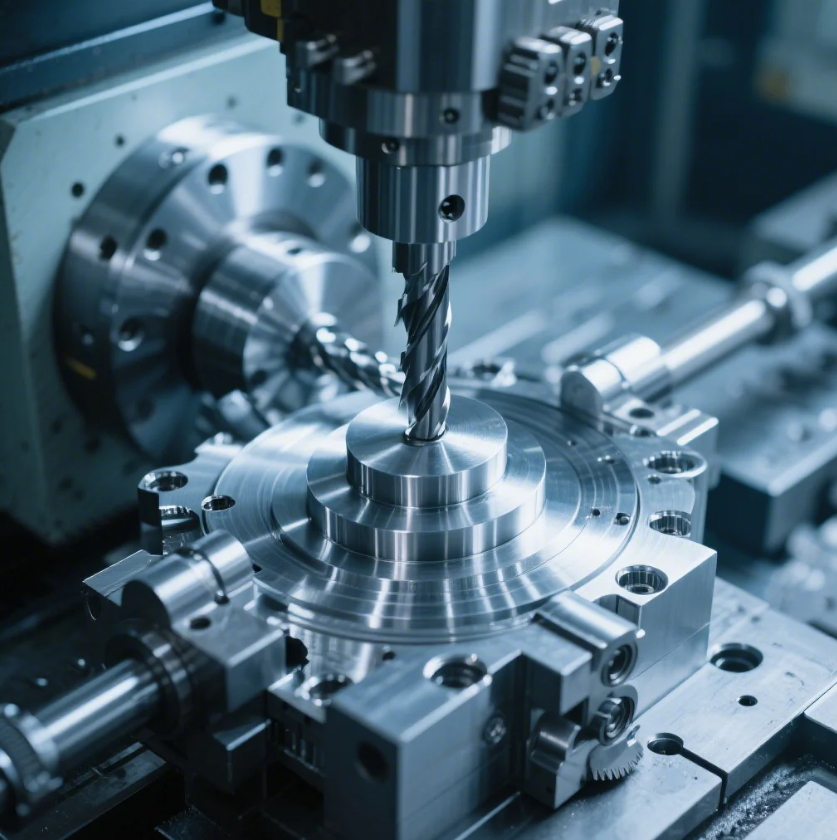
Dive-Deeper paragraph: CNC machines are typically expensive to purchase, ranging from thousands to hundreds of thousands of dollars depending on the size and complexity of the machine. This high upfront cost can be a barrier for small businesses or startups that are looking to enter the manufacturing market. Furthermore, the machines require ongoing maintenance and repairs, which can add to the overall cost of ownership.
Additionally, CNC machines require skilled operators to run them, which adds labor costs. While CNC machines can automate many processes, they still require operators to ensure that they’re running correctly and to handle more complex tasks.
CNC Machines: A Cost Breakdown
Here’s a quick look at the costs associated with CNC machines:
| Cost Element | Estimated Cost Range | Description |
|---|---|---|
| Machine Purchase | $20,000 - $500,000+ | Dependent on machine size and capabilities |
| Software & Setup | $5,000 - $50,000+ | For CAD/CAM software, machine setup |
| Maintenance & Repair | $1,000 - $10,000 per year | Regular maintenance and unexpected repairs |
| Training Costs | $2,000 - $10,000+ | For operator training and skills development |
These ongoing costs can add up, making CNC machines a significant financial commitment for any company.
What is the common problem of a CNC machine?
Despite their automation and precision, CNC machines often face common issues that can disrupt production. Regular maintenance and troubleshooting are necessary to keep them running smoothly.
Snippet paragraph: CNC machines can experience common problems like misalignment, tool wear, and software errors, which can hinder production.
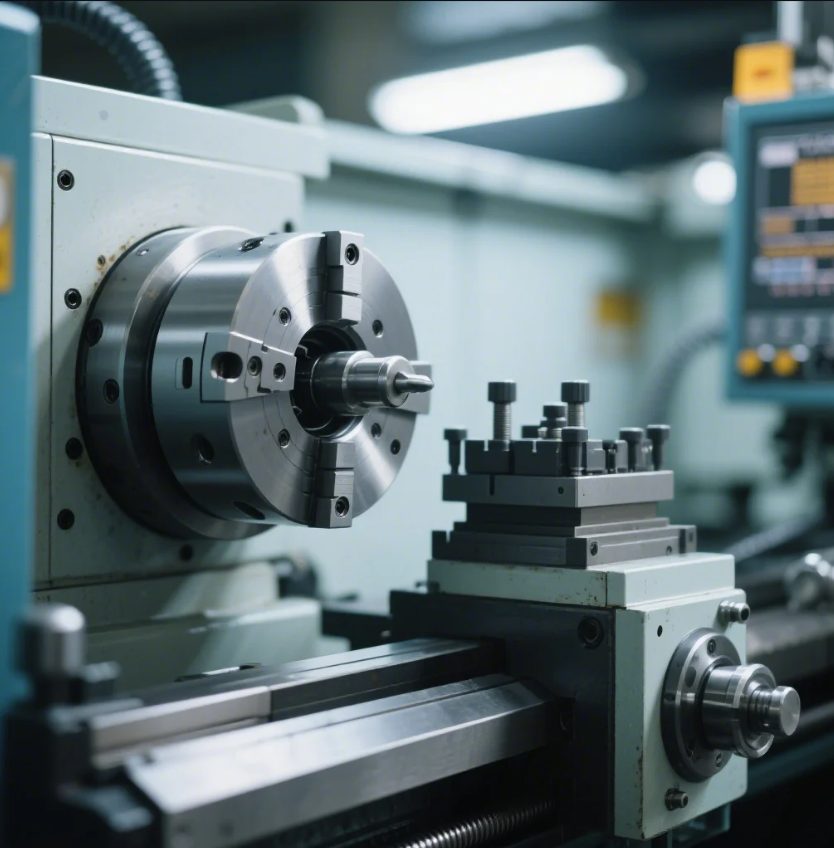
Dive-Deeper paragraph: Some common problems with CNC machines include:
-
Misalignment: Over time, the machine’s components can become misaligned, leading to inaccuracies in the final product. Misalignment can occur due to wear and tear, improper calibration, or a lack of regular maintenance.
-
Tool Wear: Cutting tools used in CNC machining naturally wear out over time, affecting the quality and precision of the work. Regular tool replacement and monitoring are necessary to avoid defects in parts.
-
Software Errors: CNC machines rely on CAD/CAM software to generate tool paths, and errors in the software can lead to production delays and costly mistakes. Bugs, glitches, or improper software updates can lead to unexpected results.
-
Cooling Issues: CNC machining requires proper cooling to prevent overheating, which can damage tools and materials. A failure in the cooling system can cause significant problems, including burns or premature tool wear.
Common CNC Machine Problems
Here’s a summary of some of the most common CNC machine issues:
| Problem | Cause | Solution |
|---|---|---|
| Misalignment | Wear and tear, improper calibration | Regular checks and maintenance |
| Tool Wear | Continuous use, lack of monitoring | Regular tool replacement and monitoring |
| Software Errors | Bugs, glitches, improper settings | Regular software updates, error checking |
| Cooling System Failures | Insufficient cooling, system malfunction | Check and maintain cooling systems |
Addressing these issues promptly is essential to maintaining productivity and avoiding costly delays.
What are two disadvantages of CNC milling or turning over hand producing parts?
CNC milling and turning offer great advantages, but they also have drawbacks when compared to traditional hand production methods.
Snippet paragraph: CNC milling and turning are fast and precise, but they can be less flexible and more expensive than hand production.
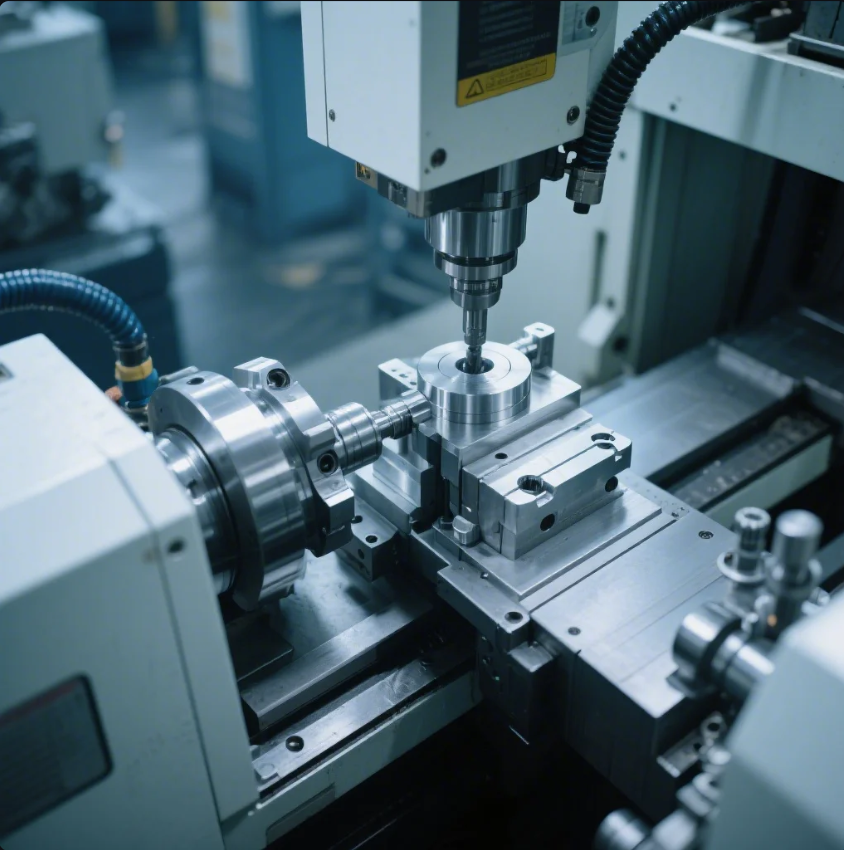
Dive-Deeper paragraph: The two main disadvantages of CNC milling or turning over hand-producing parts are:
-
Lack of Flexibility: While CNC machines are excellent for repetitive, high-precision work, they lack the flexibility of manual processes. If there’s a need for rapid changes or adjustments to the design during production, CNC machines can be slower and more complicated to adjust compared to hand production.
-
High Setup Costs: CNC milling and turning require a significant setup process, including programming, tooling, and machine calibration. This setup can be time-consuming and costly, especially for small batch runs, making it less cost-effective for low-volume production compared to hand production methods.
CNC vs. Hand Production
Here’s a comparison of CNC milling/turning and hand production methods:
| Factor | CNC Milling/Turning | Hand Production |
|---|---|---|
| Flexibility | Limited, requires reprogramming | Highly flexible, quick adjustments |
| Setup Costs | High, requires tools and programming | Low, minimal setup needed |
| Speed for High Volume | Fast and efficient | Slow for large runs |
| Speed for Small Volume | Slower due to setup time | Faster for small batches |
For large-scale, precise manufacturing, CNC is a clear winner, but for small, custom runs, hand production can still be more practical.
What is the risk of CNC machines?
While CNC machines offer many benefits, they also come with certain risks that businesses must consider.
Snippet paragraph: CNC machines carry risks such as operator errors, machine malfunction, and safety hazards during operation.
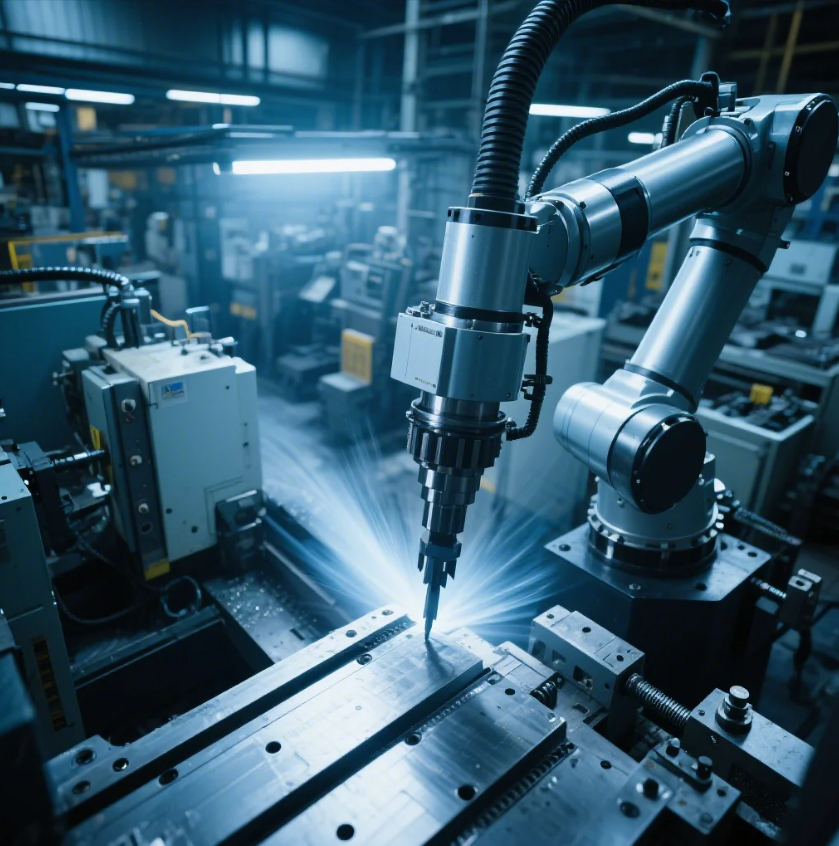
Dive-Deeper paragraph: Some of the key risks associated with CNC machines include:
-
Operator Errors: Despite automation, CNC machines still require skilled operators. Mistakes in programming, setup, or operation can lead to production errors, material wastage, and even machine damage.
-
Machine Malfunctions: CNC machines rely on complex electronics, motors, and moving parts. A malfunction in any of these components can halt production, leading to costly downtime.
-
Safety Hazards: CNC machines operate at high speeds and with high precision, which can pose safety risks if proper safety measures are not followed. Operators must wear protective gear and adhere to strict safety protocols to avoid accidents.
-
Tool Wear and Breakage: As mentioned earlier, tools wear out over time. Broken or dull tools can affect the quality of parts and cause additional damage to the machine if not replaced in time.
CNC Machine Risks Summary
Here’s a list of potential risks associated with CNC machines:
| Risk | Cause | Mitigation |
|---|---|---|
| Operator Errors | Inexperienced operators | Proper training and oversight |
| Machine Malfunctions | Electronic or mechanical failure | Regular maintenance and diagnostics |
| Safety Hazards | High-speed operation | Proper training and safety protocols |
| Tool Wear/Breakage | Constant use of tools | Regular tool inspection and replacement |
Managing these risks requires proper maintenance, employee training, and safety measures.
Conclusion
While CNC machines offer exceptional precision and automation, they come with disadvantages such as high costs, maintenance requirements, and safety risks. However, by understanding these challenges and implementing effective solutions, businesses can maximize the benefits of CNC technology.
At Prime, we specialize in providing top-quality CNC machining services with fast delivery and reliable performance. If you're looking for precision CNC parts, contact us today for a custom quote or consultation. Let us help you achieve your production goals while minimizing risks and costs.
TEMPLATE_END

